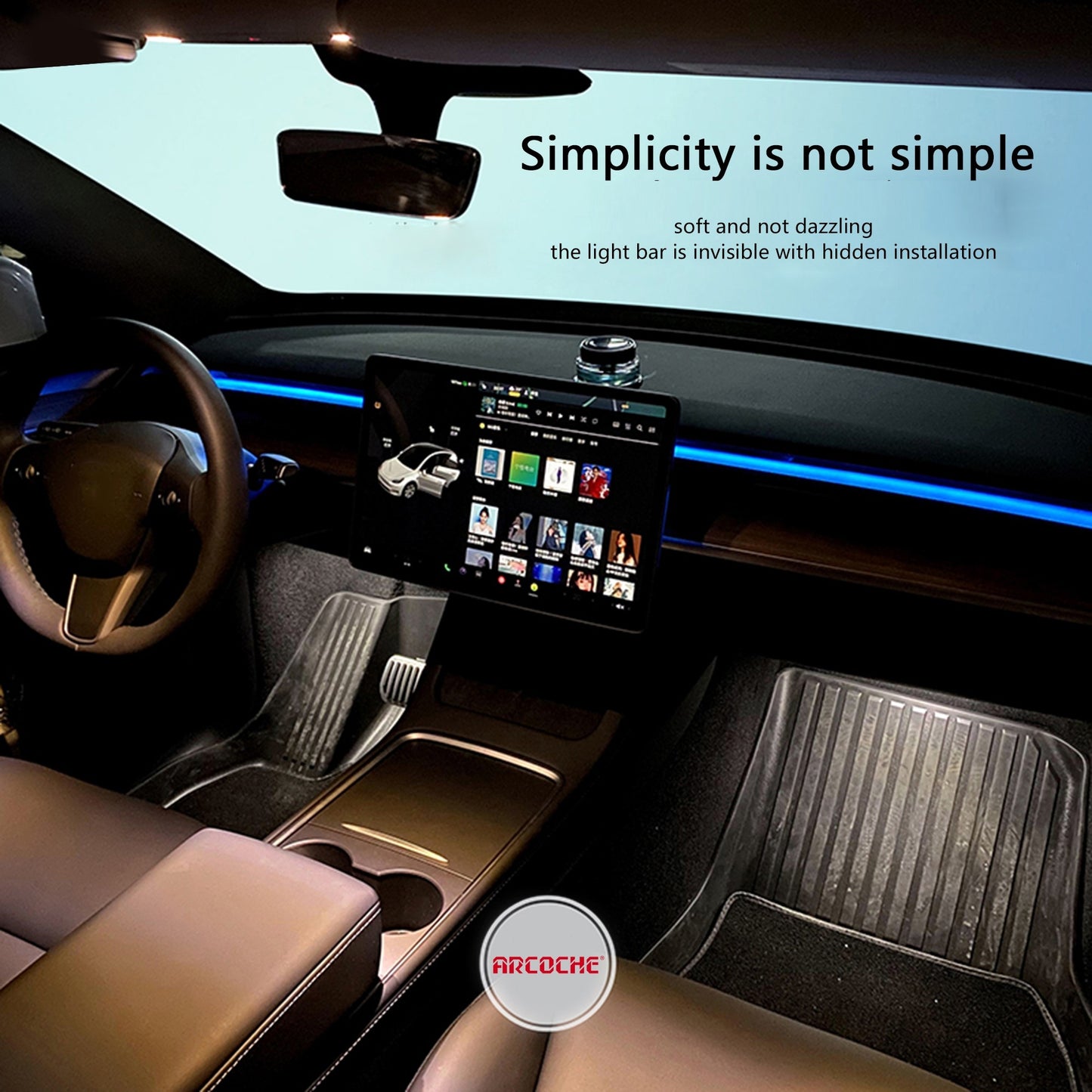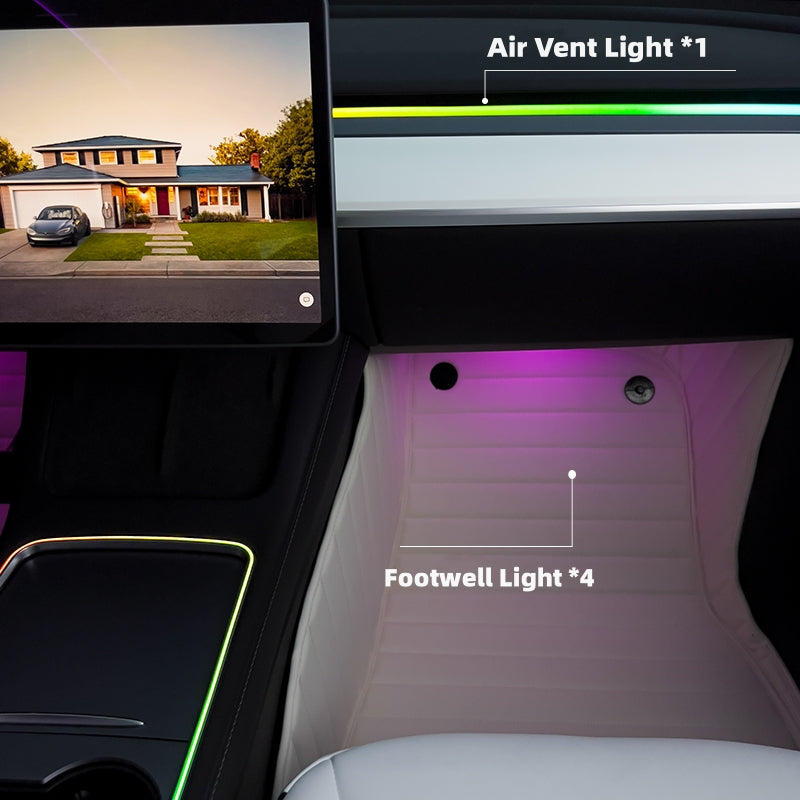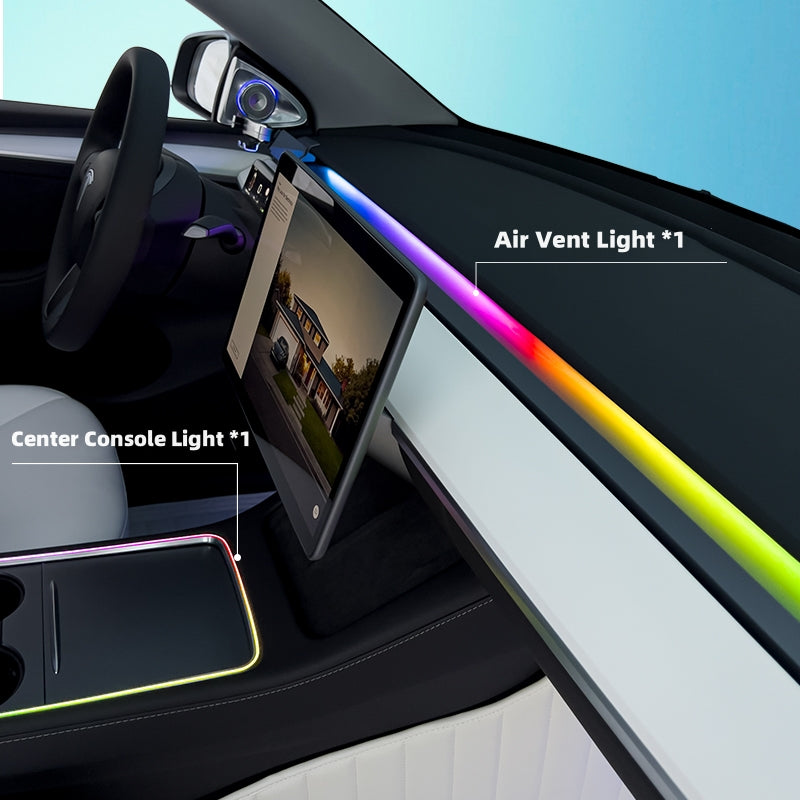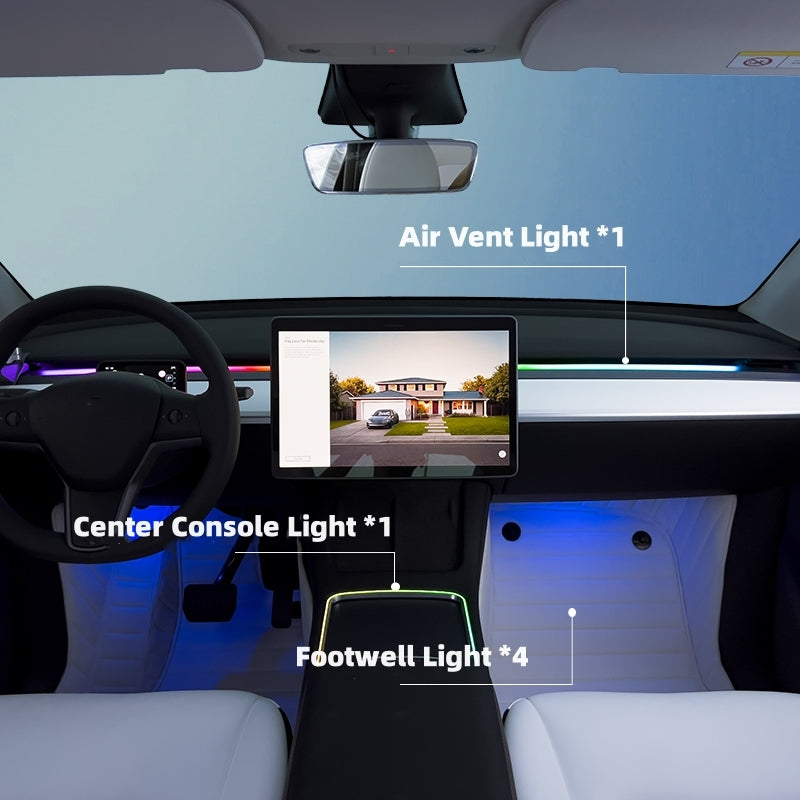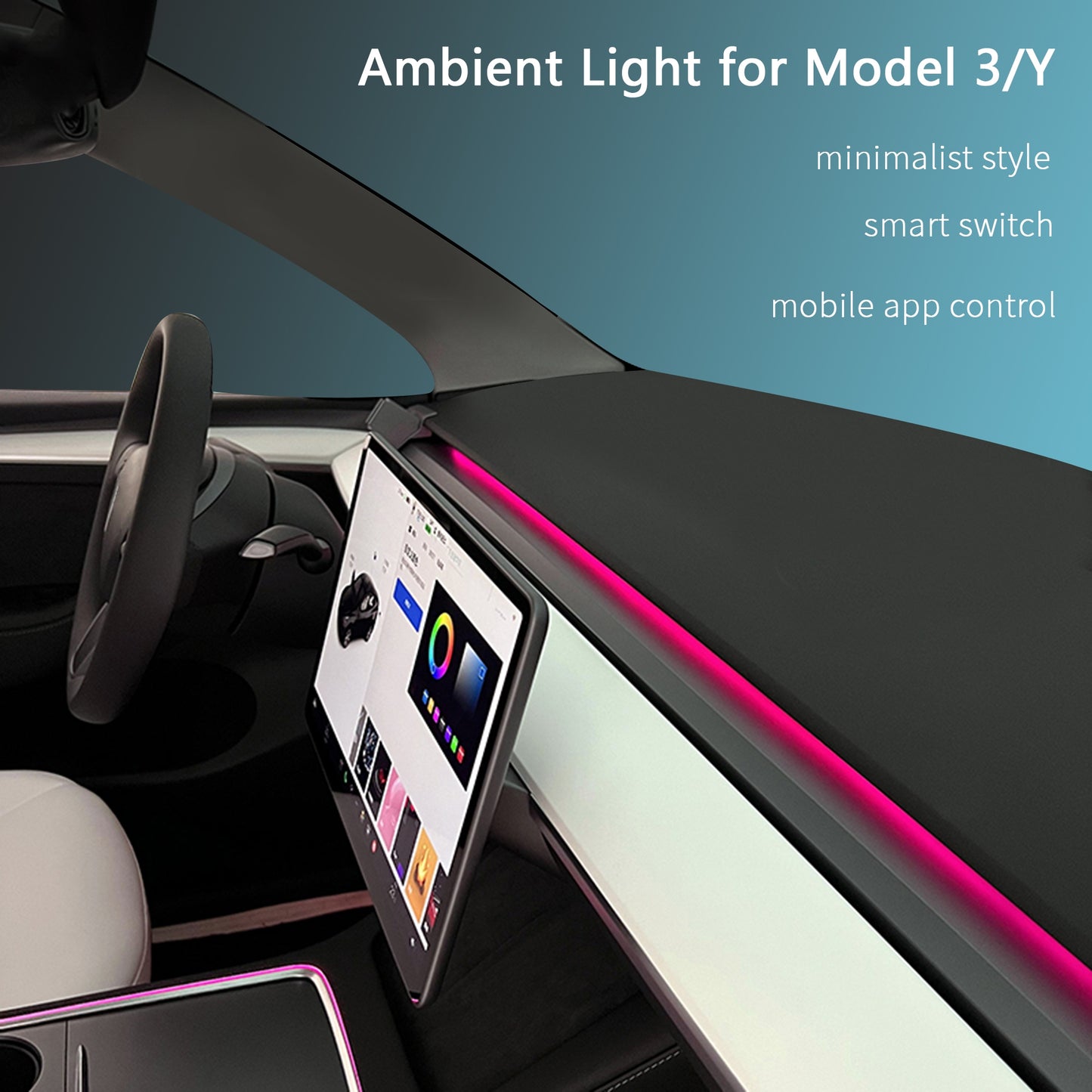
Tesla Now Charges for Supercharging Down to Partial kWh Units
As of early August 2024, Tesla has implemented a significant change to its Supercharging billing process, now calculating charges based on partial kWh usage rather than rounding down to the nearest whole number. This update seems to be effective across both North America and Europe.
This change was anticipated when Tesla's app was updated to version 4.34.1. Before this, the app only displayed kWh usage in whole numbers. However, following the app update, energy usage began being displayed to four decimal places, although initially, these decimal places were always zero.
Now, Tesla records and charges energy down to the ten-thousandth of a kilowatt-hour.

More Accurate Billing for Supercharging
With this new method, Supercharging costs will be calculated more precisely, which may result in slightly higher bills for customers. For instance, under the old system, if you charged 30.3245 kWh at $0.50 per kWh, your bill would have been rounded down to 30 kWh, totaling $15. Now, Tesla charges for the exact amount of energy used, meaning you would pay $15.16 for the same amount of energy, reflecting a small but notable difference.
While this change might not drastically affect occasional Supercharger users, the cumulative effect across Tesla’s massive network could result in a substantial increase in revenue. Even small fractions of a kWh add up to thousands of dollars daily, helping Tesla cover the considerable costs associated with developing and maintaining Superchargers.
Tesla’s Growing Supercharger Network
The cost of building and maintaining Superchargers is substantial, covering everything from planning to production, installation, and commissioning. Tesla recently purchased a parking lot in New York City for $18 million, which is expected to be the site of a new Supercharger station.
Despite recent restructuring within Tesla’s Supercharger team, the company remains committed to expanding its charging infrastructure across North America, with several new locations already being planned and built. These incremental revenue gains from partial kWh billing could help Tesla continue its aggressive expansion strategy, especially in remote areas where charging gaps still exist.
With this updated approach, Tesla can be more accurate in both billing customers and tracking the energy provided by each Supercharger. It’s a small change for individual users, but one that could significantly benefit Tesla’s long-term Supercharger expansion goals.






